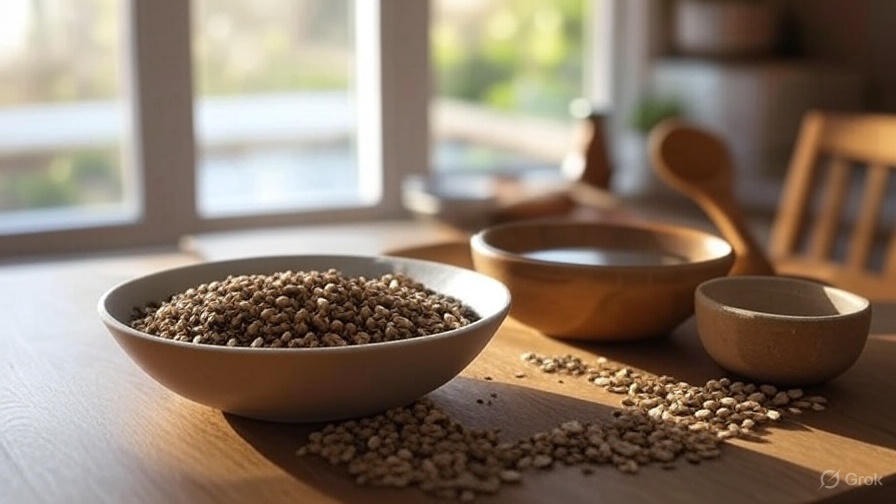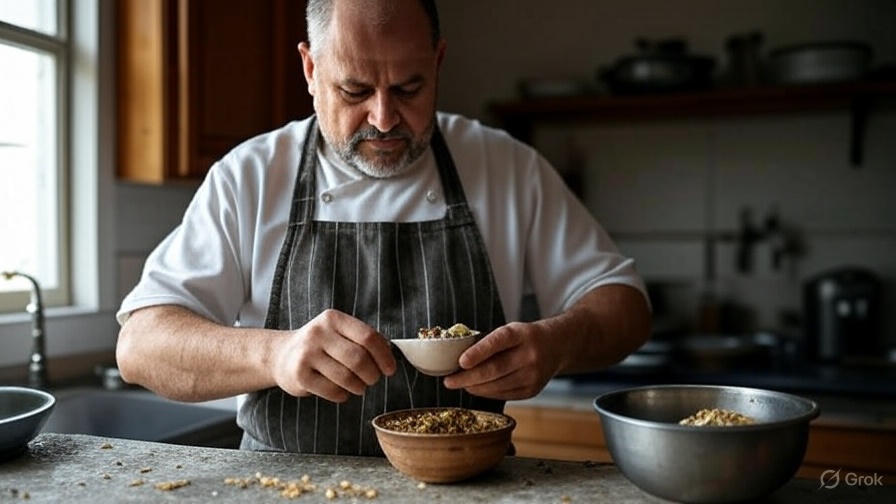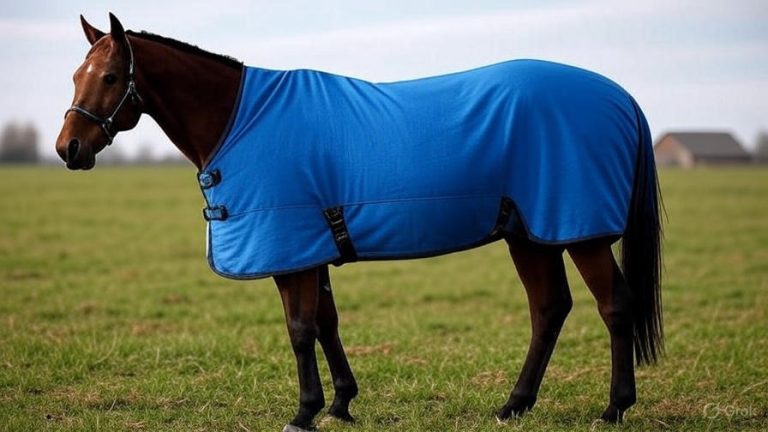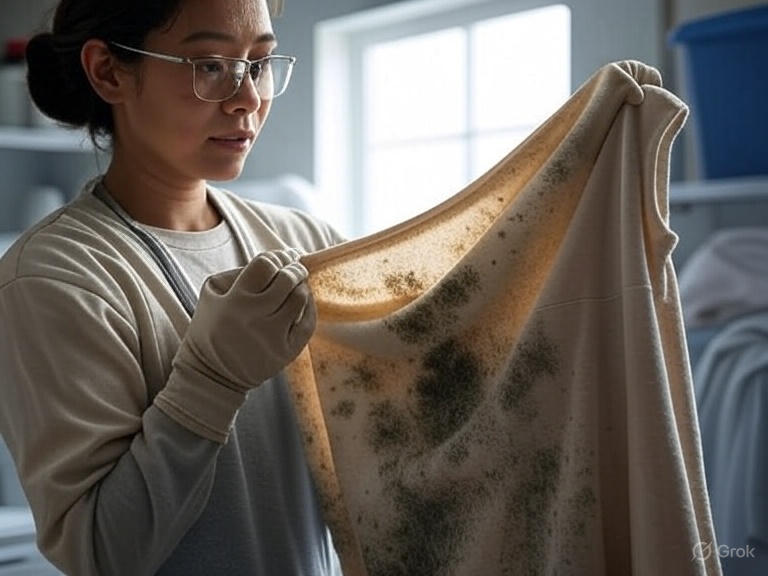How to Make Dove Food?
Dove food plays a crucial role in attracting these gentle birds to your backyard while keeping them healthy and happy. Creating homemade dove food offers better nutrition than store-bought options and costs significantly less. This comprehensive guide walks you through everything you need to know about making nutritious dove food at home.
Why Make Your Own Dove Food?
Commercial bird seeds often contain fillers and low-quality ingredients that doves don’t actually eat. When you prepare dove food yourself, you control every ingredient and ensure maximum nutritional value. Homemade dove food also attracts more doves to your feeding area because it tastes fresher and provides better energy.
Store-bought bird food typically sits on shelves for months, losing nutritional value and developing stale flavors. Fresh dove food keeps birds coming back day after day. The cost savings add up quickly too – making your own dove food costs about 40% less than buying premium commercial mixes.
Essential Ingredients for Dove Food
Doves require specific nutrients to maintain their health and energy levels. The foundation of any good dove food recipe starts with these core ingredients:
Millet seeds form the backbone of dove nutrition. White proso millet ranks as the top choice because doves can easily crack the small seeds. Red millet works well too, though some doves prefer the white variety. Stock up on 10-15 pounds of millet as your primary ingredient.
Cracked corn provides essential carbohydrates and energy. Use medium-cracked corn rather than whole kernels, which are too large for dove beaks. Fine-cracked corn works but medium pieces offer better value and nutrition.
Sunflower seeds deliver healthy fats and protein. Black oil sunflower seeds work better than striped varieties because the shells are thinner. Doves can crack these seeds more easily, and the meat inside contains more oil and nutrients.
Safflower seeds add variety and nutrition to your dove food mix. These white seeds have tough shells that squirrels and grackles avoid, meaning more food stays available for doves. Safflower seeds cost more than other ingredients but provide excellent nutritional benefits.
Wheat supplies additional carbohydrates and helps bind the mix together. Use whole wheat berries rather than cracked wheat, which spoils faster. Wheat also attracts ground-feeding doves who prefer scratching through seed mixes.
Creating the Perfect Dove Food Recipe
The ideal dove food recipe balances taste, nutrition, and cost-effectiveness. This proven formula attracts doves consistently while providing complete nutrition:
Basic Dove Food Mix:
- 8 cups white proso millet
- 3 cups cracked corn (medium)
- 2 cups black oil sunflower seeds
- 1 cup safflower seeds
- 1 cup wheat berries
This recipe creates approximately 15 cups of dove food, enough to fill most large feeders multiple times. The high millet content ensures doves get their favorite food, while other ingredients add nutritional variety.
Premium Dove Food Mix:
- 10 cups white proso millet
- 2 cups red millet
- 3 cups cracked corn
- 2 cups black oil sunflower seeds
- 1 cup safflower seeds
- 1 cup wheat berries
- 0.5 cups nyjer seeds
The premium version includes red millet and nyjer seeds for extra attraction power. Nyjer seeds appeal particularly to mourning doves and provide high-fat content for energy.
Step-by-Step Mixing Instructions
Start by gathering all ingredients and measuring them accurately. Use a large mixing bowl or clean bucket that holds at least 20 cups. Proper mixing ensures even distribution of all seed types throughout the dove food.
Pour the millet into your mixing container first, as it forms the largest portion of the mix. Add cracked corn next, stirring gently to distribute evenly. The corn kernels will settle to the bottom if you don’t mix thoroughly.
Add sunflower seeds and continue stirring with a large spoon or clean hands. Work slowly to avoid crushing any seeds. Sunflower seeds should distribute evenly throughout the millet and corn base.
Include safflower seeds and wheat berries next, mixing well after each addition. These heavier seeds tend to sink, so thorough mixing prevents separation. Spend extra time ensuring even distribution throughout the entire batch.
If using the premium recipe, add red millet and nyjer seeds last. These smaller seeds fill gaps between larger ingredients and help bind the mixture together. Final mixing should take 2-3 minutes to achieve uniform distribution.
Storage and Freshness Tips
Proper storage keeps your dove food fresh and prevents spoilage. Use airtight containers made of metal or heavy plastic to protect against moisture and pests. Glass containers work well for smaller batches but can break if dropped.
Label each container with the mixing date and ingredients used. Dove food stays fresh for 3-4 months when stored properly in cool, dry conditions. Hot, humid environments reduce shelf life to 6-8 weeks.
Store containers in garages, basements, or pantries away from direct sunlight. Heat and light break down oils in seeds, creating rancid flavors that doves avoid. Check stored dove food monthly for signs of mold or insect activity.
Rotate your stock by using older batches first. Fresh dove food attracts more birds and provides better nutrition. Mark containers clearly to track which batches need priority use.
Feeding Techniques That Work
Place dove food in appropriate feeders or ground feeding areas. Platform feeders work best because doves prefer eating in open spaces where they can watch for predators. Ground feeding attracts the most doves but requires more frequent cleaning.
Scatter small amounts of dove food on the ground initially to attract birds to your feeding area. Once doves discover your food source, they’ll return regularly and bring other doves with them. Start with 1-2 cups daily and adjust based on consumption.
Clean feeding areas weekly to prevent mold and disease. Remove old, wet, or moldy food immediately. Doves avoid dirty feeding areas and may stop visiting if conditions become unsanitary.
Time your feeding schedule for early morning and late afternoon when doves are most active. These crepuscular birds prefer feeding during cooler parts of the day. Consistent timing helps establish regular visiting patterns.

Seasonal Considerations for Dove Food
Spring feeding requires higher protein content to support breeding activities. Increase sunflower seed portions by 25% during March through May. Add small amounts of mealworms or other protein sources if available.
Summer dove food should emphasize hydration and energy. Include more seeds with higher oil content like sunflower and safflower seeds. Provide fresh water sources near feeding areas since summer heat increases water needs.
Fall feeding helps doves prepare for migration and winter survival. Increase overall quantities and add extra high-fat seeds. Migrating doves need maximum nutrition to fuel long-distance flights.
Winter dove food requires high-energy ingredients to help birds maintain body heat. Double the corn content during cold months and add suet or peanut pieces if doves accept them. Remove snow from feeding areas promptly after snowfall.
Common Mistakes to Avoid
Many people add bread, rice, or other human foods to dove mixes. These ingredients provide poor nutrition and can cause digestive problems. Stick to natural seeds and grains that doves eat in the wild.
Overfeeding creates waste and attracts unwanted pests like rats and raccoons. Start with small amounts and increase gradually based on consumption patterns. Clean up uneaten food after 2-3 days to prevent spoilage.
Using stale or moldy ingredients ruins entire batches of dove food. Check all ingredients before mixing and discard anything that smells off or shows visible mold. Fresh ingredients create better dove food that birds actually want to eat.
Placing food too close to windows or busy areas stresses doves and reduces feeding activity. Position feeders at least 10-15 feet from windows and in quiet areas of your yard. Doves are naturally cautious and prefer peaceful feeding environments.
Troubleshooting Feeding Problems
If doves stop visiting suddenly, check your food quality first. Rancid or moldy food drives birds away quickly. Replace questionable food with fresh batches and clean all feeders thoroughly.
Aggressive birds like grackles or starlings sometimes dominate feeding areas. Switch to safflower seed-heavy mixes that these birds dislike. Tube feeders with small perches also discourage larger aggressive species.
Squirrels can consume large amounts of dove food quickly. Use baffles on feeder poles or switch to ground feeding in open areas where squirrels feel exposed. Safflower seeds in your mix also help since squirrels typically avoid them.
Weather affects dove feeding patterns significantly. Expect reduced activity during storms, extreme heat, or harsh winter conditions. Maintain consistent food availability, and doves will return when weather improves.
Health Benefits of Quality Dove Food
Proper nutrition keeps doves healthy and supports strong populations in your area. Well-fed doves have better reproductive success and produce healthier offspring. Quality dove food also improves feather condition and overall bird health.
Diverse seed mixes provide complete nutrition similar to wild dove diets. Different seeds supply various vitamins, minerals, and fatty acids that doves need. This variety prevents nutritional deficiencies that can occur with single-seed diets.
Fresh dove food contains more vitamins and minerals than old commercial mixes. Seeds lose nutritional value over time, especially when exposed to heat and light. Homemade dove food ensures maximum nutritional benefit for visiting birds.
Advanced Dove Food Recipes
Once you master basic dove food making, try specialized recipes for specific situations. Migration season mixes emphasize high-fat seeds like sunflower and safflower. Breeding season recipes include extra protein sources.
Migration Power Mix:
- 6 cups white proso millet
- 4 cups black oil sunflower seeds
- 3 cups safflower seeds
- 2 cups cracked corn
- 1 cup nyjer seeds
This high-energy recipe helps fuel long migration flights. Use this formula during spring and fall migration periods when doves need maximum nutrition.
Breeding Season Special:
- 8 cups white proso millet
- 3 cups sunflower seeds
- 2 cups cracked corn
- 1 cup safflower seeds
- 1 cup wheat berries
- 0.5 cups crushed eggshells (cleaned and sterilized)
The added calcium from eggshells supports egg production and chick development. Use this recipe from March through August when most dove breeding occurs.
Making Dove Food Year-Round
Consistent dove food production requires planning and organization. Buy ingredients in bulk during sales to reduce costs. Store bulk ingredients properly to maintain freshness throughout the year.
Create a mixing schedule that ensures fresh dove food availability. Mix new batches every 2-3 weeks during peak season and monthly during slower periods. Track consumption patterns to optimize batch sizes.
Keep detailed records of which recipes work best in your area. Different dove populations have varying preferences based on local conditions and available wild foods. Adjust recipes based on observed bird behavior and consumption rates.
Conclusion
Making dove food at home provides better nutrition, costs less money, and attracts more birds to your feeding areas. The process requires minimal time and equipment while delivering maximum results. Start with basic recipes and adjust ingredients based on your local dove preferences.
Quality dove food creates lasting relationships with these peaceful birds while supporting their health and populations. Your homemade dove food will soon have doves visiting daily, bringing the beauty and gentle sounds of these amazing birds right to your doorstep.
Remember that patience and consistency produce the best results. Doves may take time to discover new feeding areas, but once established, they’ll return faithfully for years. Your investment in quality dove food pays dividends in countless hours of peaceful bird watching and the satisfaction of supporting local wildlife.







